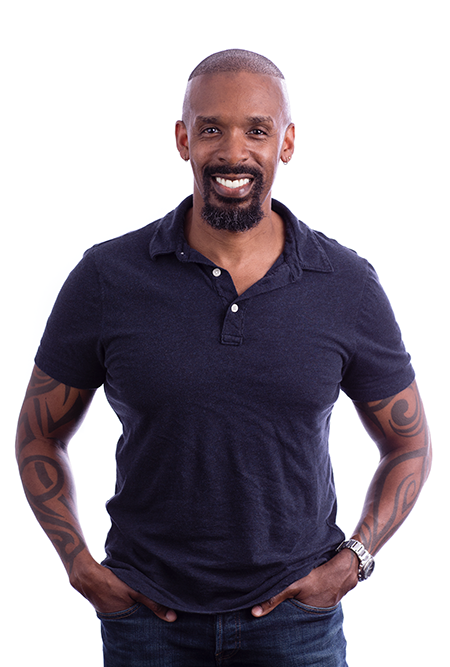Amid a nationwide mental health crisis among college students, Darien McFadden talks about the past, present and future of the Counseling Center. He became its director this year, after the retirement of Jackie Alvarez, but his experience at Amherst dates to his hiring as an intern in 1992.

When Jackie Alvarez came on as director in 2014, she brought ideas about expanding outreach and support. The plan was to shift away from that private practice model. Jackie established a clinical director. I got promoted to being diversity and inclusion specialist, and focused on how we supported students of color and students from diverse backgrounds with regards to gender, sexual orientation, religion, socioeconomic background and nationality. We started to work in a fashion that mirrored more of what you might see in community mental health.
Mental health support is more openly talked about. You have celebrities, like Simone Biles and Michael Phelps, discussing their own difficulties. I think that contributes to people feeling OK with getting help. We’re living in a world where everyone is more anxious. Students have been doing active-shooter training since they were in nursery school. Almost every student I meet with mentions anxiety about the environment. And the pandemic: Who has not been impacted by isolation and restrictions? But I don’t think mental health is a recent issue; I think it’s always been there. I think that people feel more ability to ask for what they need.
All of the literature around what’s considered a mental health crisis hints that the way things have been run traditionally with college counseling is not possible to sustain. There’s a trend toward shifting focus away from mental illness and toward wellness and mental health. That’s my vision for our work: creating a healthier environment across campus for students in general. We’re focusing on counseling as a piece, but there’s so much more to it. If there are ways for us to increase the sense of connection and decrease the amount of isolation that students feel, that might actually address some of the need. Not everything is really a mental health issue. Loss, for example—it’s a normal, healthy part of life that isn’t necessarily indicative of a need for counseling or mental health support, as much as it is for a deeper connection and an opportunity to talk and process.
Photograph by Maria Stenzel